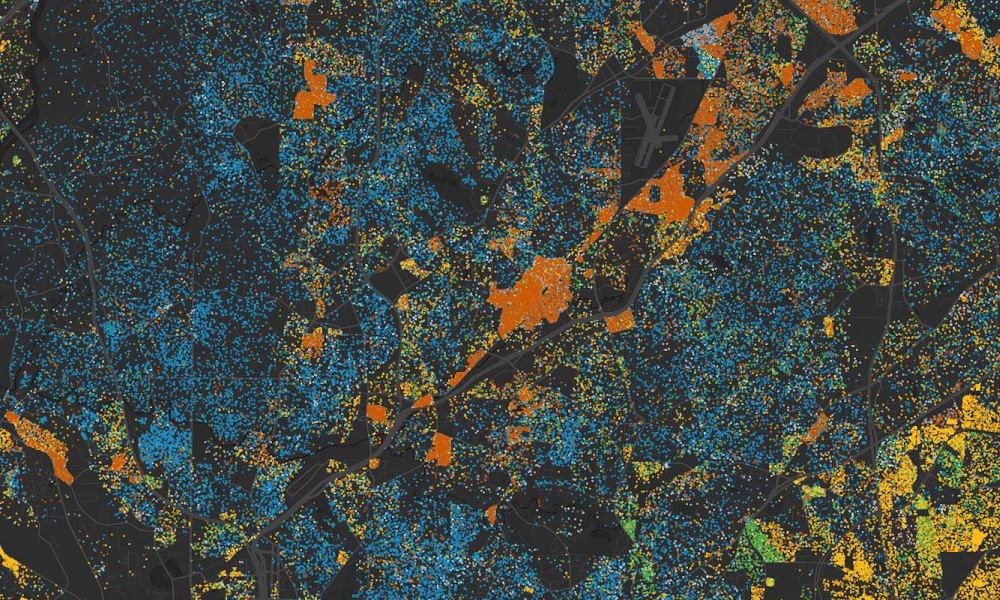Author(s): Urban Institute | Tomás Monarrez, Carina Chien
Published: September 14, 2021
Report Intro/Brief:
“Segregation on the basis of race or ethnicity is one of the most enduring and pervasive inequities in US public education. School segregation is determined not only by residential sorting and families’ preferences but by local policy choices such as the drawing of school attendance boundaries. This report examines the role of individual school attendance boundaries in perpetuating racial and ethnic segregation in urban school systems. Our findings show that in many cases, small changes to the attendance boundaries of neighboring schools could make a big difference for school integration.
We analyze census and school attendance boundary map data, evaluating the boundary lines dividing attendance rights between every pair of neighboring public schools in US metropolitan areas. We find more than 2,000 pairs of neighboring public schools that are racially unequal, both in residential demographics and school enrollment. We also find that inequality between these schools—many of which are within the jurisdiction of the same school district—exists not only in terms of racial and ethnic demographics but with regard to school staffing, educational program offerings, student discipline rates, and mean student achievement on standardized exams. Unequal school attendance zones perpetuate racial and ethnic segregation and amplify inequality between students of color and their white peers.
Furthermore, many unequal school boundaries are linked to the New Deal’s Home Owners’ Loan Corporation (HOLC) redlining maps, a notorious instance of explicit and consequential racist federal policy. Averaging across our list of racially unequal school boundaries, we find that the side with more Black or Hispanic residents is more likely to have a HOLC grade rated “hazardous” than the side with fewer Black or Hispanic residents, which is more likely to be rated “best” or “desirable.” This evidence suggests that many of the racially unequal school boundaries in our data are direct vestiges of our cities’ historic roots of explicit racism, not just an artifact of recent individual household choices.
Persistent school segregation is the legacy of racist housing policy and the product of intentional decisions by the local governments that determine school attendance zones. Racially unequal school boundaries are highly inefficient preservations of old, problematic policy, and for many of these unequal boundaries, redrawing the line would remedy much of the inequality between schools. Policymakers invested in improving integration can use our novel approach to identifying unequal boundaries to create sustainable solutions to racial and ethnic inequality in public education.”
>>> CLICK HERE to see all of Youth Today’s REPORT LIBRARY






























